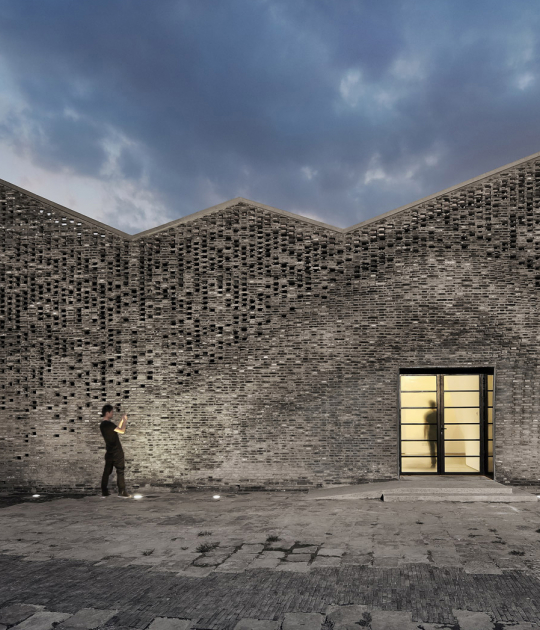TUI is currently developing a revolutionary suite of technologies called "SpiderFab" to enable on-orbit fabrication of large spacecraft components such as antennas, solar panels, trusses, and other multifunctional structures. SpiderFab provides order-of-magnitude packing- and mass- efficiency improvements over current deployable structures and enables construction of kilometer-scale apertures within current launch vehicle capabilities, providing higher-resolution data at lower life-cycle cost.
For more information, please view their SpiderFab Presentation from the NIAC 2013 Spring Meeting.
Press release below.
Spacecraft that Build Themselves… in Space! – Tethers Unlimited Wins NIAC Phase II Contract to Develop “Self-Fabricating” Spacecraft
Bothell, WA, 29 August 2013 – NASA announced today that the NASA Innovative Advanced Concepts (NIAC) program has selected Tethers Unlimited, Inc. (TUI) for award of a $500,000 Phase II contract to continue development of its “SpiderFab™ technologies for in-space fabrication of spacecraft components.
The SpiderFab architecture adapts additive manufacturing techniques such as 3D printing and robotic assembly technologies to enable space systems to fabricate and integrate large components such as antennas, solar arrays, sensor masts, and shrouds on-orbit. Currently, large spacecraft components are built on the ground, and are designed to fold up to fit within a rocket shroud and then deploy on orbit.
This approach is very expensive, and the size of these components is limited by the volume of available shrouds. “On-orbit fabrication allows the material for these critical components to be launched in a very compact and durable form, such as spools of fiber or blocks of polymer, so they can fit into a smaller, less expensive launch vehicle.” Said Dr. Rob Hoyt, TUI’s CEO and Chief Scientist. “Once on-orbit, the SpiderFab robotic fabrication systems will process the material to create extremely large structures that are optimized for the space environment. This radically different approach to building space systems will enable us to create antennas and arrays that are tens-to-hundreds of times larger than are possible now, providing higher power, higher bandwidth, higher resolution, and higher sensitivity for a wide range of space missions.”
In the Phase II effort, TUI will develop and demonstrate methods to enable additive manufacturing of high-performance support structures and integration of functional elements such as reflectors and antennas. In parallel with the NIAC effort, TUI is working under a NASA Small Business Innovation Research (SBIR) contract to develop a “Trusselator” device that will fabricate truss structures to enable in-space construction of large solar arrays.
“The Trusselator is the key first step in implementing the SpiderFab architecture, said Dr. Hoyt. “Once we’ve demonstrated that it works, we will be well on our way towards creating football-field sized antennas and telescopes to help search for Earth-like exoplanets and evidence of extraterrestrial life.”
About Tethers Unlimited, Inc.























